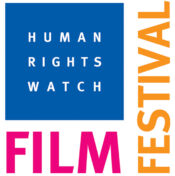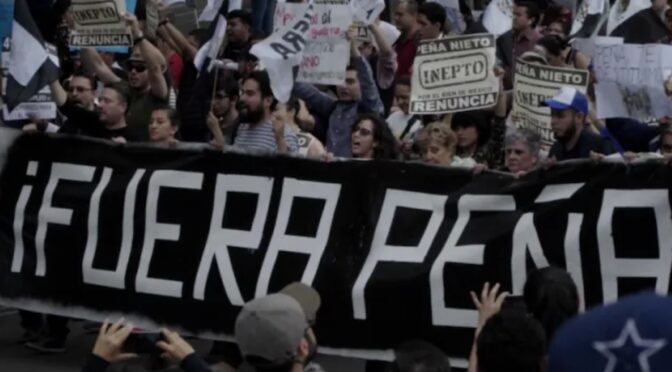 RADIO SILENCE is a documentary that gives a voice to those that have had theirs stripped away. Exploring not just the corruption of its politicians and the violence stemming from the cartel wars, Juliana Fanjul’s second film is also an unobtrusive look into the campaign set by Carmen Aristegui as she battles death threats and censorship in an Orwellian state. Fanjul follows Carmen for nearly four years documenting her departure from MVS – a local radio station – after she exposes corruption by senior officials, to her finding her voice again in a time of political deceit.
RADIO SILENCE is a documentary that gives a voice to those that have had theirs stripped away. Exploring not just the corruption of its politicians and the violence stemming from the cartel wars, Juliana Fanjul’s second film is also an unobtrusive look into the campaign set by Carmen Aristegui as she battles death threats and censorship in an Orwellian state. Fanjul follows Carmen for nearly four years documenting her departure from MVS – a local radio station – after she exposes corruption by senior officials, to her finding her voice again in a time of political deceit.
Internationally, many people are aware of the corruption embedded in Mexico’s politics, so much of the information put forward in this documentary is not surprising, but the framing is noteworthy. Fanjul puts a central focus on Carmen, detailing the four years they knew each other, and interspersing her story with images of the people of Mexico, though always falling short to get to their stories. Carmen is a celebrity and voice of reason to Mexicans: navigating the crazier aspects of their world. When Carmen is silenced by her radio station and her team is fired, the uproar is widespread. This continuous battle functions as the centrepiece for the film, with Carmen and her reporters facing multiple threats from both the Mexican Cartel and the police.
In one sequence, an Easter Holiday celebration is taking place. Jesus is brought up to the cross and crucified in front of everyone, forming a perfect allegory for what the reporters are doing. These journalists are willing to die for what they believe. Though they declare they don’t think about it, it is clear it’s at the forefront of their mind. The film opens with Carmen discussing the death of her friend and fellow reporter Javier Valdez, and it’s this tension that sticks with the audience the whole way through the film. Though they wish to report the news, it seems apt that the one comment people will leave the film with is: “No one should die doing their job”.

